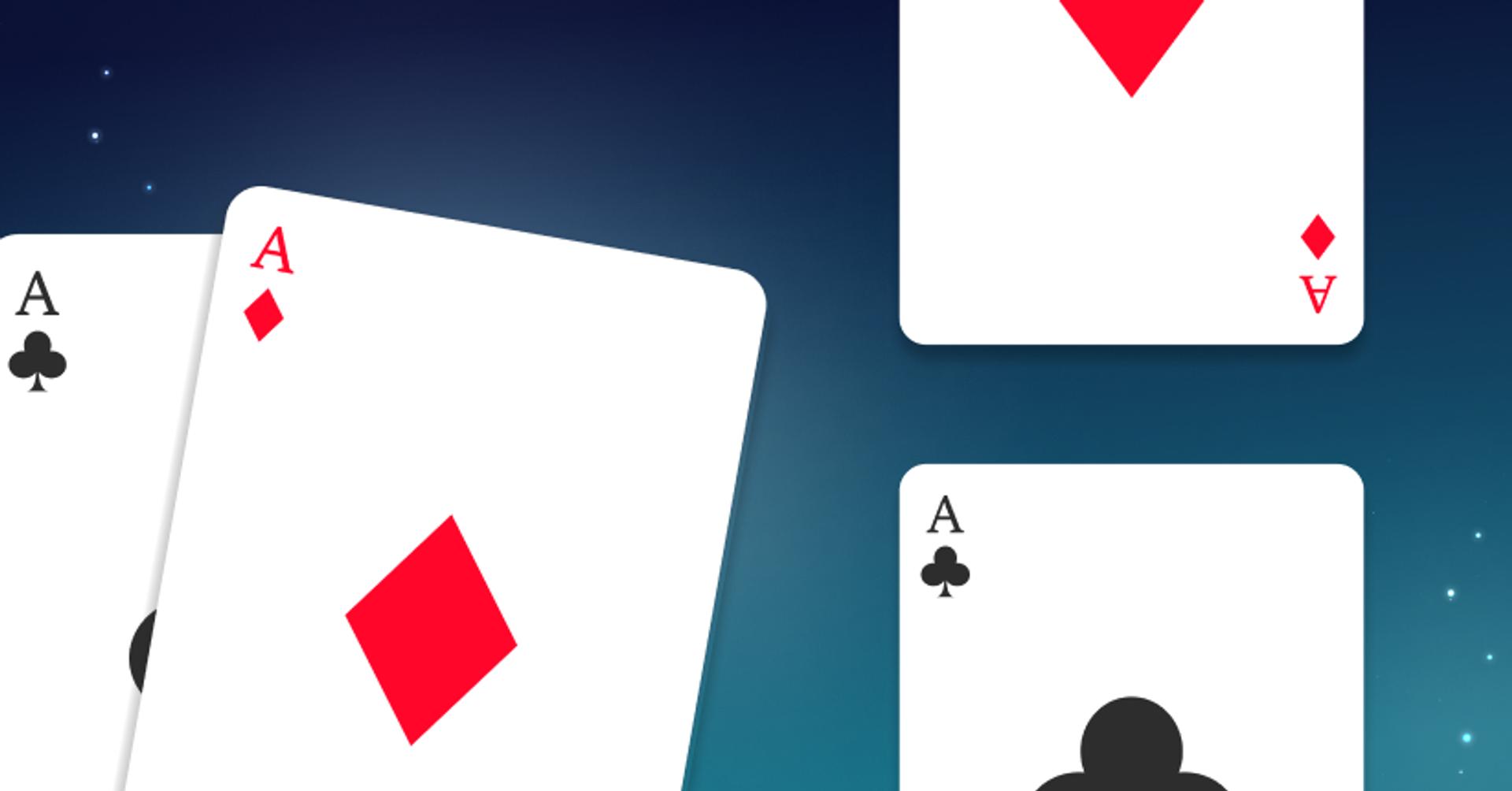When to Split in Blackjack: Perfect Split Strategy Guide 2025

When to split in Blackjack is one of the biggest decisions you’ll face at the table. On Jackpot.bet, a good timed split can turn one hand into two solid chances to win and it also doubles your bet.
The right move doesn’t come from guessing. Certain pairs like aces and eights give you a real advantage when split, but pairs such as tens or fives usually cost you more than they return. One wrong choice can undo a good hand.
So, we will explain the key pairs to split in Blackjack and how to use them to improve your odds here.
Why Splitting Helps in Blackjack
Splitting in Blackjack helps you escape tough spots. A pair like 8s adds up to 16 are one of the worst totals you can hold. By splitting in Blackjack, you start fresh with two hands that both have real potential to improve.
Aces are another perfect case. A single pair of Aces adds up to 2 or 12, neither of which is particularly strong.
When you split Aces, drawing a 10-value card gives you a 21 on that hand. It is one of the best starting positions in Blackjack.
Of course, splitting isn’t free. You’re doubling your wager, which means doubling your risk. The key is to recognize when the Blackjack odds lean in your favor.
Fundamental Split Strategy in Blackjack
You don’t always gain by splitting. Sometimes it’s smarter to stick with what you’ve got and play it through. Here are three strategies that might be helpful for you:
Always Split
-
Aces: Two Aces together are awkward, but splitting them suddenly gives you two chances to land a 21. It is a no-brainer move every single time.
-
8s: A pair of 8s gives you 16, the weakest total in the game. Splitting resets the hand and often turns a bad spot into two playable totals.
Never Split
-
10s: Sitting on 20 is one of the strongest positions you’ll ever have. Splitting 10s almost always lowers your odds; keep them together.
-
5s: A pair totals 10, which is much better played as a single hand. Double down if the rules allow, but don’t split.
Situational Splits
-
2s and 3s: Worth splitting when the dealer shows a weak card, typically 2s through 7s.
-
4s: Rarely split, but it can make sense against a dealer 5 or 6.
-
6s: Split when the dealer is showing 2s through 6s; otherwise, play them as 12.
-
7s: Best split against dealer cards 2s through 7s.
-
9s: Strong as 18, but splitting can be smart when the dealer has 2s through 6s or 8s-9s (some variations may slightly change optimal plays).
Pro Tip: You may split when your new starting hands put you in a stronger position than the total you’re holding, and especially when the dealer looks vulnerable.
What the Dealer’s Upcard Tells You on Jackpot.bet
Before you break up a pair, check the upcard. Here’s how it changes the math.
Dealer Bust Cards (4s, 5s, 6s)
The moments to be aggressive. When the dealer shows a mid-value card, the chances of them busting rise sharply. Splitting in these spots often sets you up for two winning hands.
Weak Dealer Cards (2s, 3s, 7s)
Some pairs are still worth splitting, but only in the right spots, not all of them. The dealer here has a decent chance to build a hand, so the move is less automatic.
Strong Dealer Cards (10s, Aces)
Here, discipline matters. If the dealer pulls a 10 or Ace, avoid most splits, with one exception: always split Aces, no matter what.
Even against the dealer’s strongest cards, two new hands give you a better shot than keeping a soft 12.
Overall, reading the dealer’s upcard is what makes the basic split chart work. It comes down to spotting when the dealer is likely to crack and pressing your advantage.
When Not to Split in Blackjack
One of the biggest mistakes players make is thinking every pair is worth splitting. The truth is, some hands are stronger left together.
-
10s: Holding 20 is already about as good as it gets. Breaking it into two weaker hands is a quick way to lose a strong edge.
-
5s: A pair of 5s gives you 10, which is an excellent springboard for a double down. Splitting only weakens your position.
-
4s and 6s vs. Strong dealer cards: While these can be split in the right situations, they should never be split against a dealer’s high card. Keeping them together or hitting is usually the safer play.
-
Any pair vs. Dealer Ace (except Aces): When the dealer shows an Ace, your goal should be damage control. Don’t split unless you’re holding Aces, because the odds lean heavily toward the dealer.
Pro Tip: Sometimes the best move might be to hold back. Avoiding unnecessary splits is just as important as making the right ones.
Practical Tips & Rules for Blackjack on Jackpot.bet
Even with the basics in mind, a few extra details can make a difference in how splitting plays out.
So, keep these things in mind:
-
Doubling after a split: Many tables, including Jackpot.bet’s Blackjack, allow you to double down on your new hands after splitting. This can be a big edge when you start with 8s or other strong spots.
-
Re-splitting: If you’re dealt another pair after splitting, some rules let you split again. Always take this option with Aces and 8s if it’s available.
-
Bankroll awareness: Splitting doubles your wager every time, and re-splitting can multiply that quickly. Stay mindful of your balance and don’t chase risky splits just for the action.
-
Check the table rules: Small rule variations, like whether you can re-split Aces or double after a split, make a real difference. Always glance at the rules before you start playing.
Used wisely, these rules can stretch your bankroll further and turn marginal spots into profitable ones on Jackpot.bet. If you need a recap on the basics, our how-to-play-Blackjack guide covers everything step by step.
Conclusion
Splitting is one of Blackjack’s most powerful tools when it’s used at the right time. Aces and 8s should always be separated, while 10s and 5s are rarely worth breaking apart.
Other pairs depend heavily on the dealer’s upcard, which makes paying attention to what’s showing is just as important as what’s in your hand.
By sticking to the core Blackjack split rules and avoiding the common traps, you give yourself the best chance to reduce the house edge and make smarter plays on Jackpot.bet
Frequently Asked Questions
When can you split in Blackjack?
You can split whenever you’re dealt two cards of the same value, such as 8-8 or Q-Q. It requires you to place another bet equal to your original stake. Each card then becomes the starting point for a new hand.
What is the best split in Blackjack?
The best split is always Aces. Splitting them gives you two hands that each have a high chance of landing a 21 with a 10-value card.
A pair of 8s comes next. Splitting turns the worst total in the game (16) into two much stronger hands.
Should you split 10s?
No, you shouldn’t. A total of 20 is already one of the strongest hands you can hold. Splitting 10s lowers your winning chances and is considered a costly mistake.
Do you split 8s vs. 9?
Even against a dealer 9, splitting 8s is usually the better move. Keeping them together leaves you with 16, which is a weak and losing hand in most cases.
What pairs should I always split?
Always split Aces and 8s. The two pairs are universally agreed upon as automatic splits, no matter what the dealer shows.
What is a Blackjack split chart?
A Blackjack split chart is a visual guide that shows the correct play for every pair against each dealer upcard.
While it’s useful to study, the key rules, like always splitting Aces and 8s, are simple enough to remember without one.









